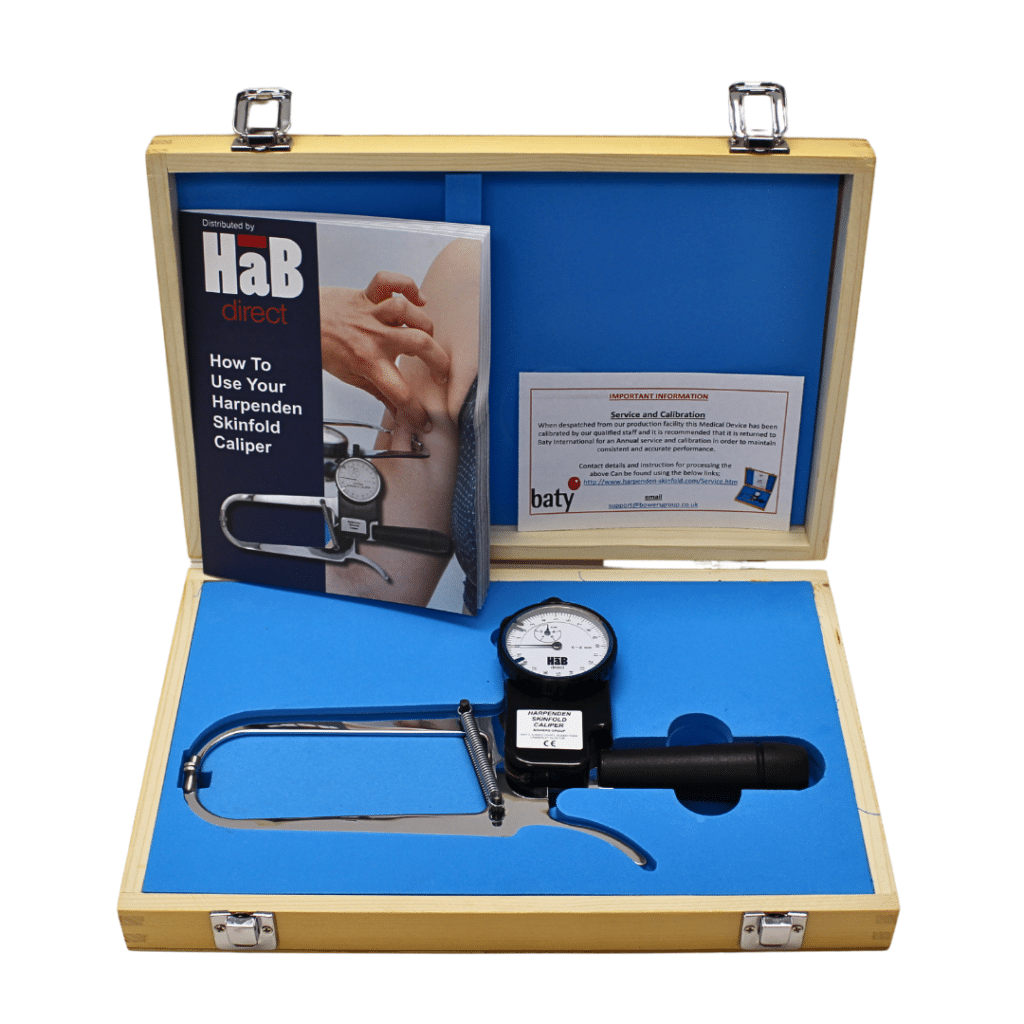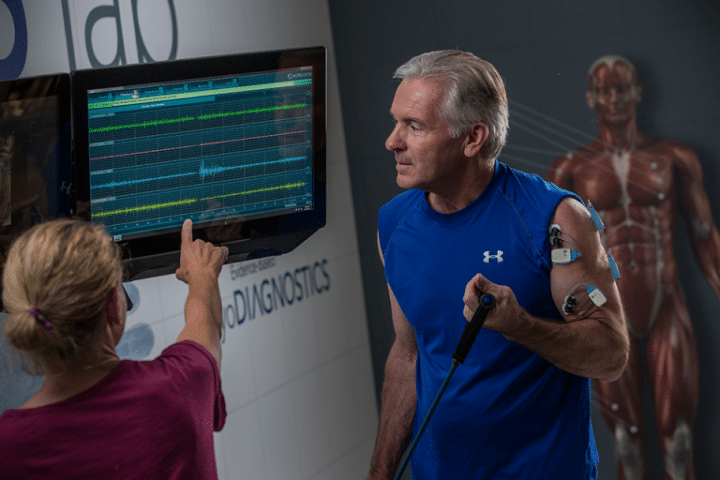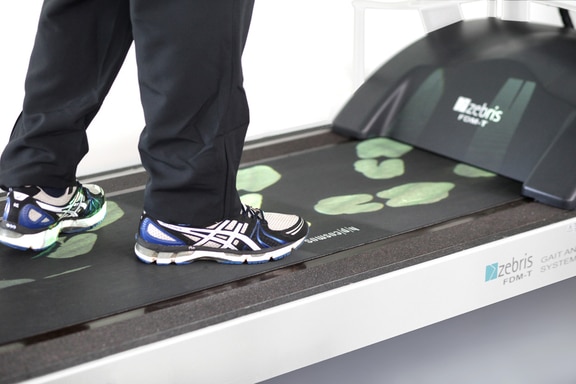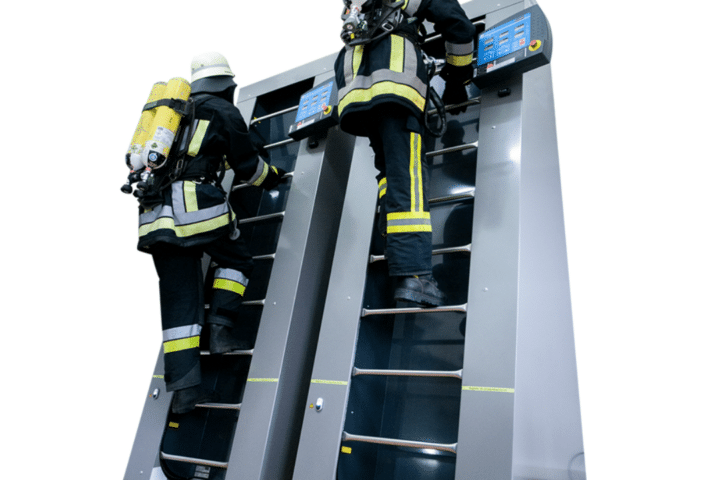When it comes to body composition measurement, accuracy and reliability are paramount, especially for professionals in health, fitness, and clinical environments. The Harpenden Skinfold Calipers have set the industry standard for precision, known widely as a trusted tool for measuring body fat through skinfold thickness. This guide not only highlights why these calipers are a top choice but also provides a step-by-step tutorial on how to use them effectively. Additionally, we delve into two widely used calculation methods—Durnin & Womersley and Jackson & Pollock—to help you choose the best approach for your needs.

Why Choose Harpenden Skinfold Calipers?
The Harpenden Skinfold Calipers are known for their high-quality craftsmanship and accuracy, making them a favourite choice for researchers, health professionals, and fitness practitioners worldwide. Constructed from durable materials and calibrated for consistency, these calipers offer precise skinfold measurements essential for assessing body fat levels. They’re designed to last and are recognised as the gold standard in body composition analysis, trusted by experts in various fields.
Harpenden calipers offer a 99% accuracy level, ensuring reliable readings. They are the only skinfold calipers that are CE compliant and calibrated using masters traceable to national standards.
How to Use Harpenden Skinfold Calipers – Step-by-Step Guide
Proper technique is essential when using skinfold calipers to ensure consistent and accurate measurements. Follow these steps to start:
Preparation
- Choose a suitable environment: Conduct measurements in a quiet, relaxed setting to keep the individual being measured comfortable and at ease.
- Set up the calipers: Ensure the calipers are calibrated and set to zero for accurate readings. Familiarise yourself with the pressure system to apply the correct force.
- Identify measurement sites: Common skinfold sites include the triceps, biceps, subscapular (below the shoulder blade), and suprailiac (just above the hip bone).
Measurement Process
- Pinch and measure: Pinch a fold of skin and fat away from the muscle at the selected site using your thumb and forefinger. Place the caliper jaws over the fold about 1 cm away from your fingers.
- Read and record: Once the caliper is in place and has stabilised, note the measurement. Each site should ideally be measured at least twice to ensure accuracy.
- Repeat for each site: Measure each selected skinfold site in succession, repeating for consistency.
Recording
- Carefully document each measurement. Consistency is key, as slight variances can impact the calculation results. Record the data for later use with the calculation equations.
Calibration
Calibrating Harpenden Skinfold Calipers is essential to maintain their accuracy and reliability. The process typically begins by using a metal calibration block with a standard thickness. The block is placed between the jaws of the caliper, and the reading on the caliper’s dial should match the thickness of the block. If there is any discrepancy, adjustments may be required. If your calipers need calibrating,
Understanding Body Fat Calculation Methods
Body fat percentage calculations based on skinfold measurements are a common and effective way to estimate body composition. The two most popular sets of equations for these calculations are Durnin & Womersley and Jackson & Pollock, each offering unique advantages.
Common Equations for Body Fat Calculations
Durnin & Womersley Method
Overview: This method focuses solely on skinfold measurements, making it straightforward and easy to apply. It’s commonly used in clinical and general health assessments and is particularly suitable for adult populations.
Measurement Sites: Four skinfold sites are used—triceps, biceps, subscapular, and suprailiac.
Equation Use: After collecting measurements, the Durnin & Womersley equation uses these values to estimate body density, which is then converted to body fat percentage using a specific formula.
The sum of the four skinfold measurements (L) is used in an age- and gender-specific equation to estimate body density (D). The equations differ based on gender and fall into categories for various age groups:
| Age (Years) | Equations for males | Equations for females |
| < 17 | D = 1.1533 – (0.0643 X L) | D = 1.1369 – (0.0598 X L) |
| 17-19 | D = 1.1620 – (0.0630 X L) | D = 1.1549 – (0.0678 X L) |
| 20-29 | D = 1.1631 – (0.0632 X L) | D = 1.1599 – (0.0717 X L) |
| 30-39 | D = 1.1422 – (0.0544 X L) | D = 1.1423 – (0.0632 X L) |
| 40-49 | D = 1.1620 – (0.0700 X L) | D = 1.1333 – (0.0612 X L) |
| > 50 | D = 1.1715 – (0.0779 X L) | D = 1.1339 – (0.0645 X L) |
Once body density is calculated, the Siri equation is typically applied to convert body density into body fat percentage:
Siri equation:
Body Fat Percentage = 495 ÷ Body Density − 450
This method is generally applicable across a variety of age groups and body types, offering a reliable assessment for many users.
Jackson & Pollock Method
Overview: Jackson & Pollock’s method takes body measurements beyond skinfolds, including other body metrics for a broader picture. This makes it useful for fitness and sports professionals looking for comprehensive assessments.
Measurement Sites: Typically using three or seven skinfold sites. The three-site method often includes the chest, abdomen, and thigh for men, or triceps, suprailiac, and thigh for women. The seven-site method is broader, providing greater detail for body composition analysis.
3-Site Skinfold Method:
For Men: Chest, abdomen, and thigh.
For Women: Triceps, suprailiac, and thigh.
7-Site Skinfold Method:
This method includes (in mm):
- Tricep
- Chest
- Subscapular
- Midaxillary
- Abdominal
- Suprailiac
- Thigh
Equation Use: This method also calculates body density from the collected measurements, which then converts into body fat percentage. Its comprehensive approach is ideal for individuals in athletic or physically active roles.
The collected skinfold measurements are entered into equations specific to gender and the number of sites measured. Example formulas:
3-Site Equations:
- Men: Body Density=1.10938−(0.0008267×Sum of Skinfolds)+(0.0000016×Sum of Skinfolds2)−(0.0002574×Age)
- Women: Body Density=1.0994921−(0.0009929×Sum of Skinfolds)+(0.0000023×Sum of Skinfolds2)−(0.0001392×Age)
7-Site Equations: Similar equations are used but include the measurements from all seven sites.
As with the Durnin & Womersley Method, the Siri Equation is applied.
Jackson, A. S., & Pollock, M. L. (1985). Practical assessment of body composition. The Physician and Sportsmedicine, 13(5), 76–90. https://doi.org/10.1080/00913847.1985.11708790
Choosing the Right Method for Your Needs
Selecting between Durnin & Womersley and Jackson & Pollock depends on the individual’s body composition goals, age, and the context in which you are using the measurement. The Durnin & Womersley equation is ideal for general population assessments, while Jackson & Pollock’s approach is often preferable for fitness professionals and athletes requiring more detailed insights.
Conclusion
The Harpenden Skinfold Calipers are a valuable tool for any professional in health or fitness who prioritises accurate body composition analysis. By following the correct usage technique and selecting the right calculation method, you can obtain consistent, reliable results. Whether you choose the simplicity of Durnin & Womersley or the comprehensive Jackson & Pollock method, these calipers offer a dependable solution for tracking and managing body fat percentage.

Harpenden Skinfold Caliper
The Harpenden Skinfold Caliper accurately measure skinfolds and calculates body fat and is the most prestigious skinfold caliper available. Harpenden Skinfold Calipers have set the industry standard for over 40 years which is why they are the leading skinfold caliper for skinfold measurements and calculating body fat. Our Harpenden Calipers are also presented in a wooden box for safe transport and protection.
When purchasing options with Harpenden Caliper software, please note that the software is not compatible with Apple Mac.
Free delivery for UK Mainland customers.



